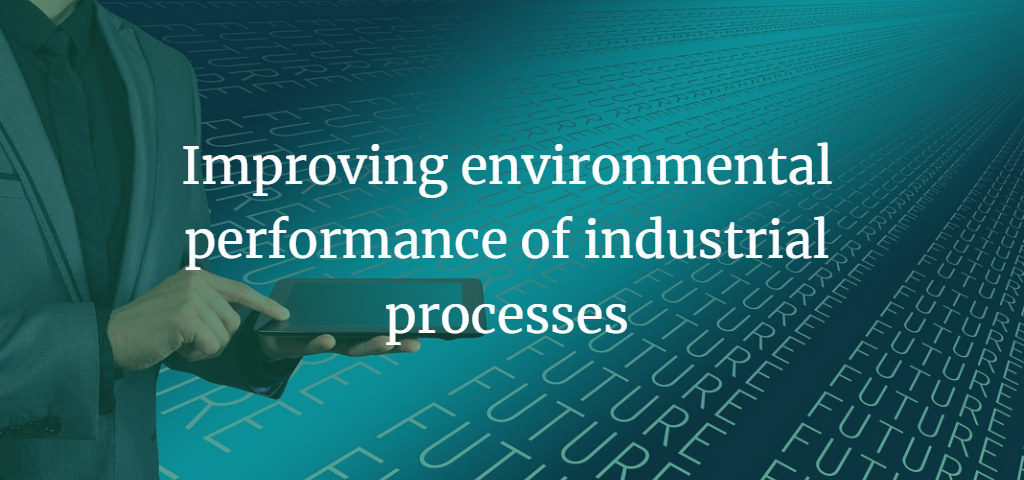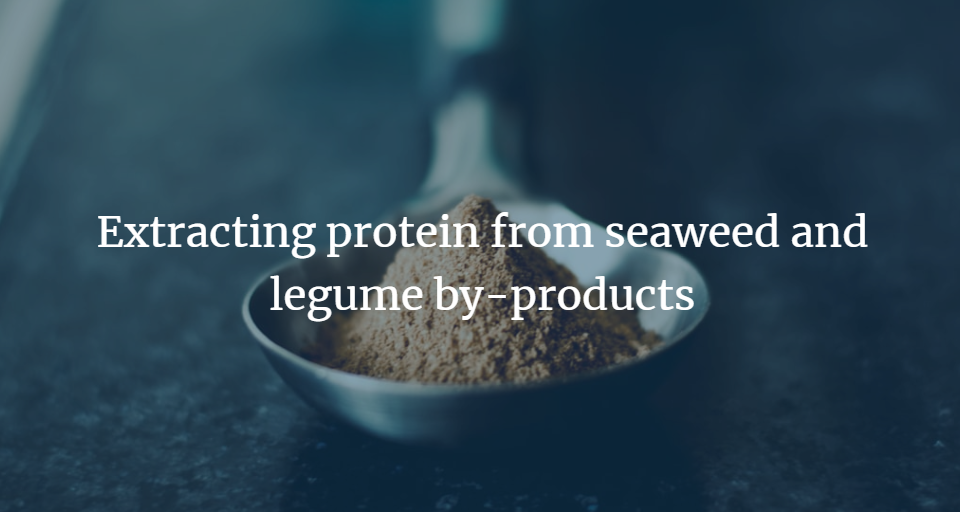
Europe Day, May 9th: the unity of a continent
May 9, 2023
A lot of advances for the brown algae protein extraction
June 9, 2023When you hear about “improving environmental performance of industrial processes”, what comes to your mind? Our colleagues from Contactica tell us more about sustainability
Most people may think of innovative technologies to treat gas or water emissions, to improve energy efficiency, or the use of bio-based, recycled or recyclable materials. These initiatives are needed for the sustainable development of our society, but involve large economic and time investments in technology or research and development, which are only accessible to companies with a great profit margin. However, great environmental performance improvements may be achieved by applying small changes in the operation if a life cycle thinking approach is used.
What is a life cycle thinking approach?
Life cycle approaches consider the environmental burdens along the whole life cycle of products. For example, in Alehoop project, protein concentrates are produced using legume by-products and energy. In Contactica, we use a life cycle approach to evaluate the environmental performance of the entire process, including the environmental impacts of extracting and transforming resources to produce and distribute electricity used at plant, or the impacts associated to the production and transport of legume by-products or chemical. The framework used to account for all these life cycle environmental impacts is called Life Cycle Assessment (LCA) and is the recommended method to evaluate the environmental footprint of products by the European Commission.
So, how are the environmental consequences of small operational changes considered in Alehoop? What is the scale of their consequences?
In Contactica, apart from the LCA, we also perform a techno-economic assessment and the digital simulation of the process in an engineering software. This simulation allows us to evaluate the performance of operational changes spending less time and economic resources compared to experimental trial-and-error cycles. This way, data about the potential productivity, product quality, solid and water waste composition and volumes, etc., obtained after applying some changes, can be evaluated. These data are then fed into the LCA and economic assessments and allows Contactica to evaluate if the environmental and economic performance of the process after applying these small changes is better or worse than the initial process.
This is quite nice, but is it enough?
If we vary more than one operational parameter, such as process temperature or pH, the number of different possible combinations for their values grow rapidly. Additionally, when more than one objective (in our case, for instance different environmental impact categories and production costs) must be taken into account, the decision is not so straight-forward. In this case, the time savings of using this approach are lost and the analysis gets overwhelming with hundreds of possibilities.
That is why we developed a Multi-Objective optimization framework, where an Artificial Intelligence algorithm oversees and directs the process of searching for the most viable combination of operational parameters that compensate the different environmental and economic objectives. Thanks to this unique methodology, the parameters are explored and the process impacts and costs are immediately assessed. The result is a selection of the most suitable solutions for the problem both from an economic and environmental perspective.
In Alehoop, Contactica firstly identified the most relevant environmental impact categories considering the whole life cycle of protein concentrates obtention from legume wastes and found the best values of some operational parameters that improve the economic and environmental objectives identified. Thanks to this approach, this emerging technology can be optimized at early stages of its development, guaranteeing environmental performance with minimal experimental costs.
We first applied in the production of protein concentrates from legumes and now we are doing it in the extraction of protein from seaweed. If you want to know more about these developments, or you are interested in knowing more bout this methodology, do not hesitate to contact us.



